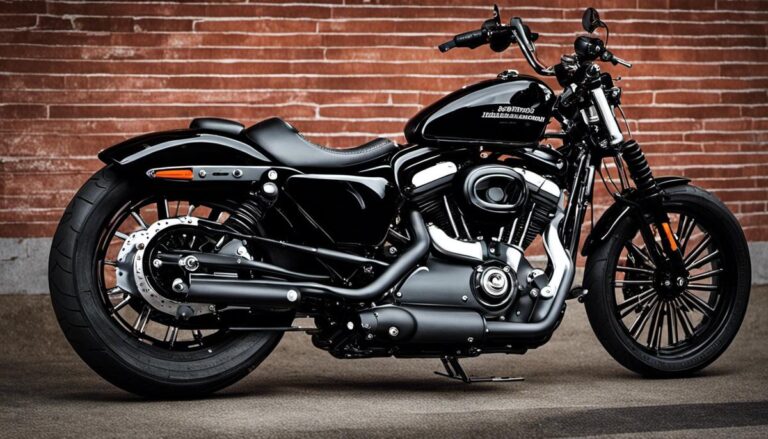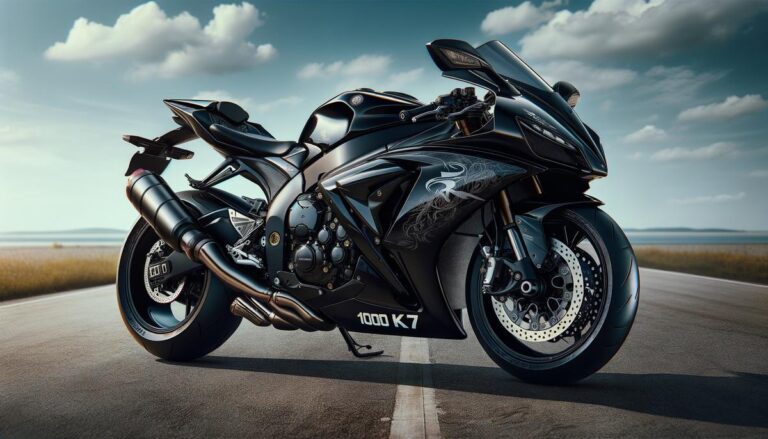E-Bike Speed Limits
E-Bike Classifications and Speed Regulations
In the United States, electric bikes are categorized into three distinct classes, each defined by specific characteristics including motor power and the type of assistance provided to the rider. These classifications directly influence the speed capabilities of e-bikes, aligning with various regulations to ensure both safety and efficiency.
Class 1 e-bikes operate solely on pedal-assist, meaning the motor only engages when the rider is pedaling. The assistance ceases once the bike reaches a speed of 20 mph, requiring the rider to rely on their own strength to travel faster.
Class 2 e-bikes are equipped with throttle-assist. This feature allows the bike to be powered by the motor alone, without pedaling, up to a maximum speed of 20 mph. This setup is particularly advantageous for those needing a break from pedaling or when starting from a stationary position.
Class 3 e-bikes are similar to Class 1 with pedal assist only, but they allow higher speeds of up to 28 mph. These bikes come with a speedometer and are designed for more seasoned cyclists who can handle higher speeds safely. The faster speed capability makes Class 3 e-bikes ideal for:
- Longer commutes
- Cycling on roads where keeping up with traffic flow is critical
Each class’s motor should not exceed 750 watts of power (approximately 1 horsepower), echoing a nationwide standard that balances performance with safety concerns.
Each e-bike classification impacts where an electric bike can legally access. For instance, while Class 1 and 3 vehicles are generally permitted on bike paths, Class 2 may be restricted due to its throttle capability. It’s crucial for riders to verify local regulations as rules can vary significantly by state or even city.
Local jurisdictions might adopt modifications or additional stipulations impacting e-bike usage which highlights the importance of staying informed about regional laws. This ensures compliance and enhances the riding experience through appropriate use of e-bike technology adapted to specific environments.
Factors Influencing E-Bike Speed
Various factors significantly impact the maximum speed an electric bike can achieve. Among these, motor power stands out as a primary determinant. Most e-bikes come equipped with motors ranging from 250 to 750 watts, substantially aiding in acceleration and maintaining high speeds, especially in class 3 e-bikes, which can reach up to 28 mph with pedal assist.
Rider input is also influential. Active pedaling contributes additional force, propelling the e-bike beyond the base speed provided by the motor alone. This means a more energetic rider can achieve higher speeds and more efficient travel, assuming the terrain and other conditions are favorable.
Weight plays a critical role; both the weight of the bike and the rider affect speed. Heavier bikes and riders require more energy to accelerate and maintain high speeds compared to lighter counterparts.
The type of terrain affects e-bike velocities:
- Riding uphill reduces speed due to gravitational forces, requiring more motor and pedal power.
- Downhill rides naturally increase speed.
- Smooth, paved roads enable faster travel than rugged, off-road trails.
Environmental conditions further modify what speeds are realistically achievable on an e-bike. Headwinds can substantially reduce speed, as more power is needed to overcome air resistance. Similarly, wet or slippery conditions may necessitate slower speeds to maintain safe handling of the bike.
Legal and Safe Riding Practices
Helmet laws play a crucial role for any e-bike rider. While stipulations vary across the states, common trends require that most e-bike riders wear helmets irrespective of whether they’re leisure cruising or commuting. For example, states like California and New York insist on helmets for all riders on Class 3 and under younger demographics, emphasizing the commitment to safety across varying e-bike usage scenarios.1,2
Adhering to safe passing laws is another cornerstone of responsible e-bike riding. These laws mainly prescribe that all vehicles—including e-bikes—maintain a safe distance when overtaking other road occupants. This is typically a minimum of 3 feet clearance from any pedestrians or traditional cyclists. Overtaking usually should be executed to the left of who or whatever is being overpassed.
Understanding state-specific regulations enhances the assurance that e-biking remains a joy rather than a liability. For instance, in some areas, Class 2 e-bikes with throttle are not allowed on certain trails where their speed may pose increased risks, whereas pedal-assist models might find fewer restrictions. It is also vital to ensure that the max speed capabilities of your e-bike align with local laws, avoiding any unlawful enhancements that could lead to fines or other legal issues.
All of these conditions underscore a single, foundational tenet: the value of informed riding. Diligently keeping abreast of regional codes secures compliance and significantly augments the enjoyment and safety likelihood of all ventures, effectively allowing you to focus on what is most important – the ride itself.

References
- Biking Laws. California Bicycle Coalition. https://www.calbike.org/go_for_a_ride/california_bicycle_laws/.
- NYS Vehicle and Traffic Law. New York State Department of Transportation. https://www.dot.ny.gov/display/programs/bicycle/safety_laws/laws.







